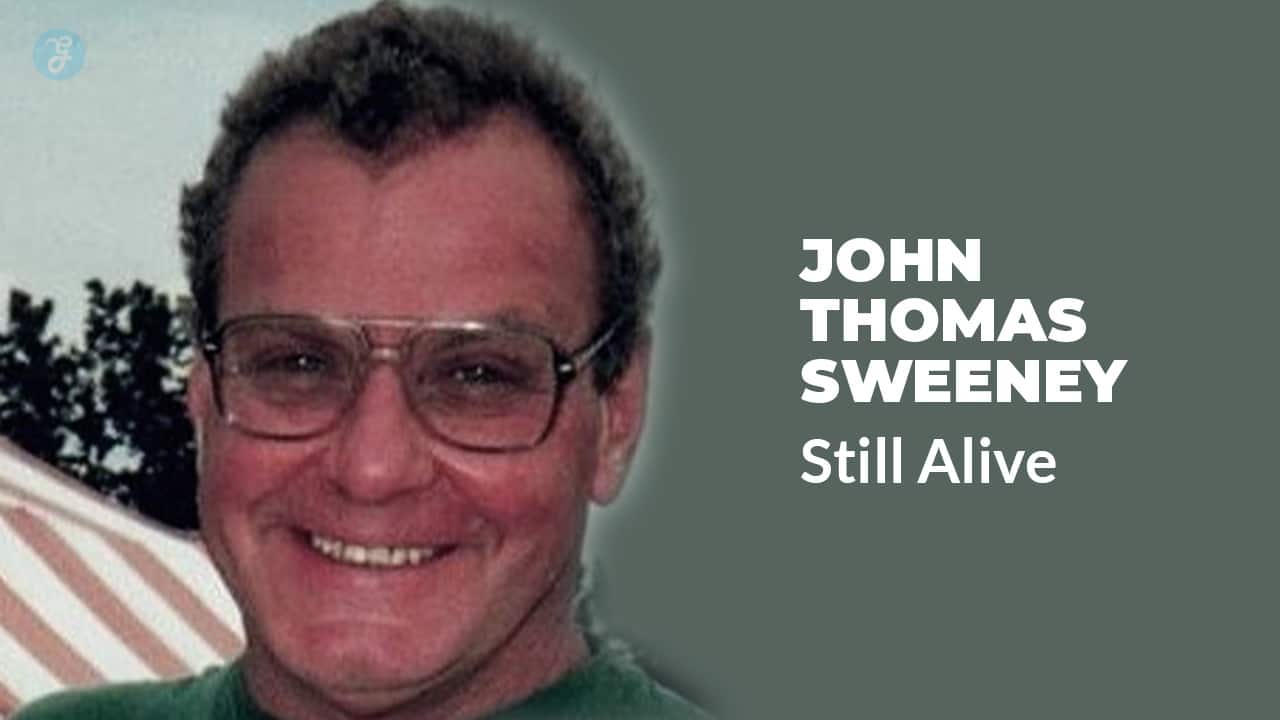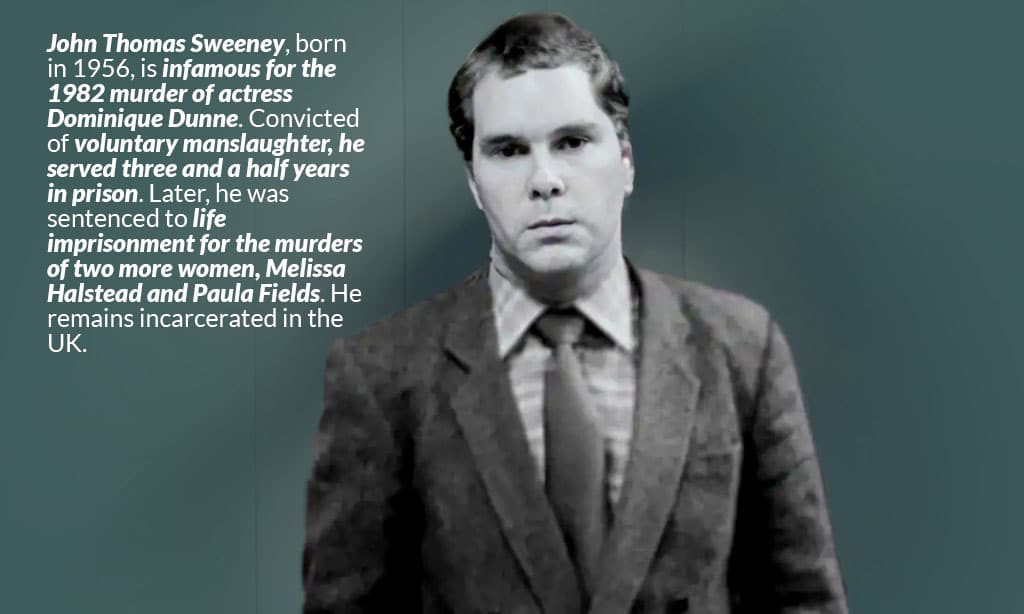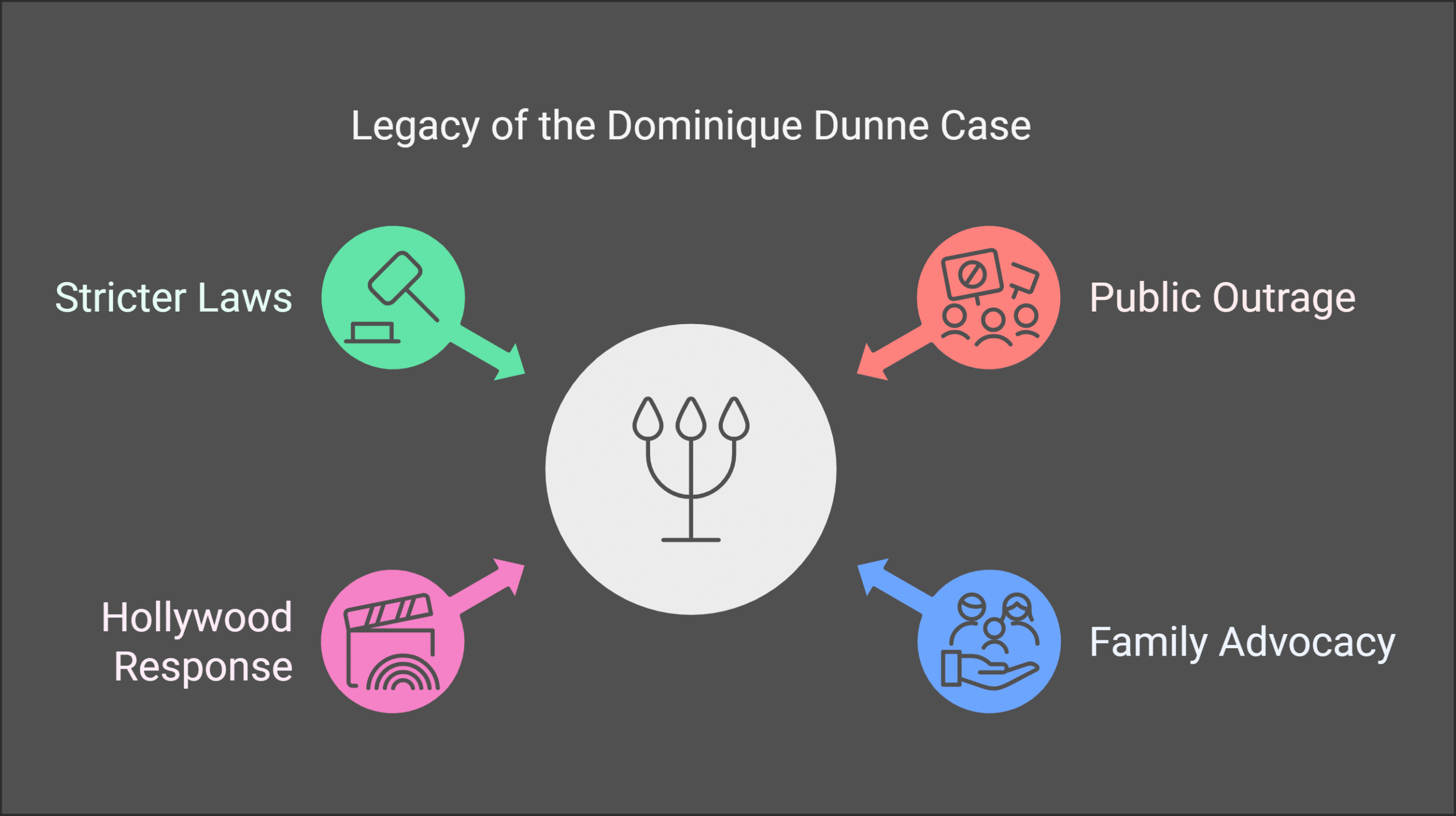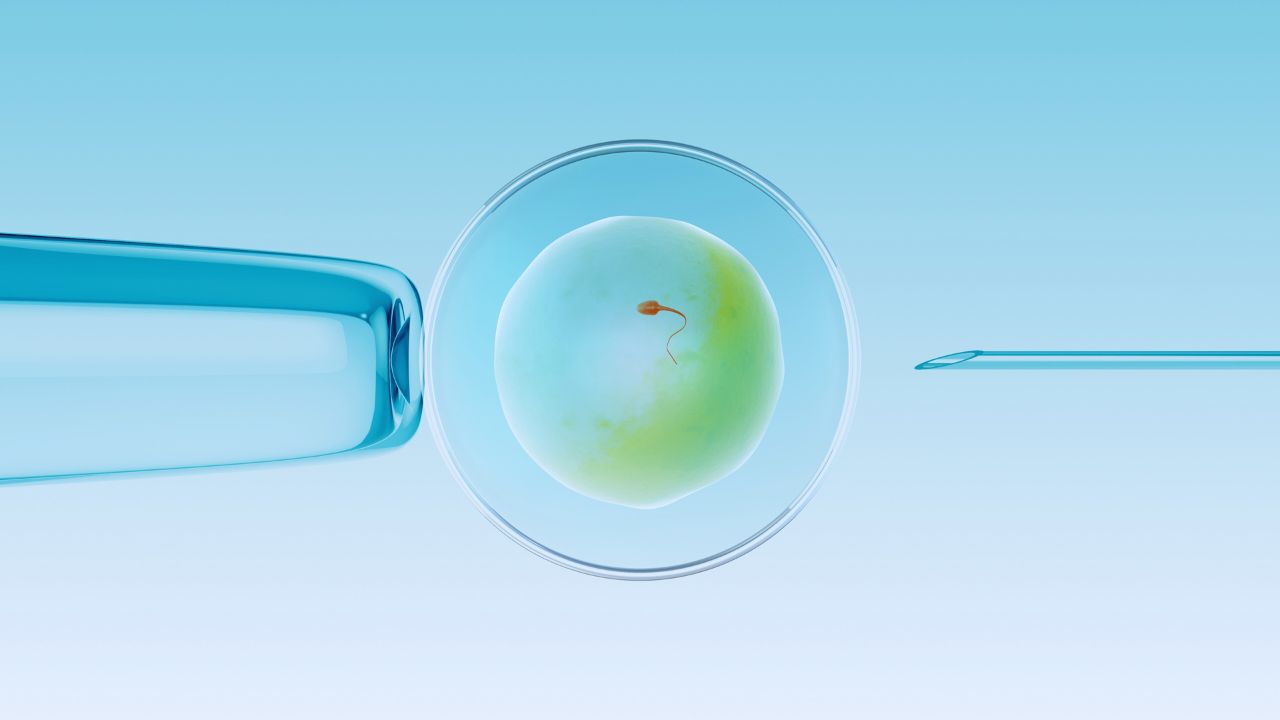Many people wonder, “Is John Thomas Sweeney still alive?” This question ties to the tragic murder of actress Dominique Dunne in 1982. Her life ended too soon, and her killer’s story remains shocking.
Keep reading to uncover the truth about this haunting case.
Key Takeaways
- John Thomas Sweeney strangled Dominique Dunne on October 30, 1982, leaving her in a coma. She died six days later at age 22.
- In November 1983, Sweeney was convicted of voluntary manslaughter and sentenced to six years but served only three years and seven months.
- After his release in 1986, Sweeney worked as a chef and kept a low profile. Little is known about his life today.
- Dominique’s murder sparked outrage over the short sentence for such a violent crime and fueled discussions about domestic violence laws.
- The case remains a symbol of failed justice, with her family raising awareness of relationship abuse in honor of Dominique’s memory.
Who Was Dominique Dunne?
Dominique Dunne was a rising star in Hollywood. Born on November 23, 1959, she became best known for her role as Dana Freeling in the 1982 horror film “Poltergeist.” She started acting in 1979 with a TV movie called “Diary of a Teenage Hitchhiker.” Her big break came quickly, showing promise as an actress.
She grew up in Los Angeles, surrounded by creativity. Dominique’s father, Dominick Dunne, was a well-known writer and producer. Her brother Griffin Dunne also worked in Hollywood. In 1981, while waitressing at Ma Maison restaurant in West Hollywood to support her career dreams, she met John Thomas Sweeney.
Their relationship moved fast but turned tragic soon after.
The Murder Case Against John Thomas Sweeney
John Thomas Sweeney strangled Dominique Dunne, leaving her in a coma. The jury found him guilty of voluntary manslaughter, not murder, sparking outrage.
Details of the Crime
Sweeney attacked Dominique Dunne at her West Hollywood home on October 30, 1982. She was rehearsing with actor David Packer when he arrived uninvited. They argued loudly outside the house.
Packer heard screaming and tried calling the police but didn’t get help right away. Sweeney grabbed Dominique by the neck and strangled her for about six minutes until she collapsed unconscious.
Dominique slipped into a coma after the attack and never woke up. Her family turned off life support six days later, on November 4, 1982. A month earlier, Sweeney had already choked her during another fight, leaving visible bruises on her neck.
Police arrested him shortly after this fatal assault outside her home in Santa Monica, California.
Trial and Sentencing
John Thomas Sweeney confessed to killing Dominique Dunne in 1982. He strangled her during an argument, leaving her in a coma. Five days later, she died at just 22 years old.
At trial, the court did not convict him of first-degree murder. Instead, they found him guilty of voluntary manslaughter on November 7, 1983. The judge sentenced him to six years but served only three years and seven months before his release in September 1986.
Where Is John Thomas Sweeney Now?
Sweeney left prison after serving only three and a half years for the killing of Dominique Dunne. He returned to work in Santa Monica as a head chef at The Chronicle restaurant. In 1994, news of his engagement reached Dominick Dunne, Dominique’s father.
Dominick informed the woman about Sweeney’s past, which ended their engagement.
Later, Sweeney accused Griffin Dunne, Dominique’s brother, of harassing him. Griffin had warned the woman against marrying Sweeney due to his violent history. After that incident, little is publicly known about his life or whereabouts today.
Public Reaction and Legacy of the Case
The Dominique Dunne murder case sparked widespread outrage. Many believed the six-year sentence for John Sweeney’s actions was too lenient. Public outcry grew louder when he served less than four years behind bars for strangling her to death.
Critics slammed the justice system, claiming it failed Dominique and other domestic violence victims.
Her brutal death became a tragic symbol of relationship abuse in America. People rallied for stricter laws against abusers. Her family worked tirelessly to raise awareness about domestic violence.
Hollywood also took notice, with films and shows shedding light on similar tragedies like hers, keeping her story alive decades later.
Final Words
John Thomas Sweeney is alive, but his story remains chilling. His actions left deep scars on the families he hurt and forever marked history with tragedy. While he serves life in prison, Dominique Dunne’s memory lives on as a reminder of justice sought but not fully served.
The case continues to inspire discussions about crime, punishment, and the meaning of redemption—or its absence.
FAQs
1. Who was Dominique Dunne, and what happened to her?
Dominique Dunne was an actress known for her role in “Poltergeist.” She was tragically strangled by her ex-boyfriend, John Sweeney, in 1982. Dominique fell into a coma and died days later.
2. What happened to John Thomas Sweeney after Dominique’s death?
John Sweeney was found guilty of voluntary manslaughter instead of first-degree murder. He served only six and a half years in prison before being released.
3. Is John Thomas Sweeney still alive today?
There is limited information about his current status or whereabouts. After serving his sentence, he moved away from public attention.
4. How did the case impact Dominique Dunne’s family?
The Dunne family, especially her father Dominick Dunne, became outspoken advocates for victims’ rights following Dominique’s death. Her tragic story deeply shaped their lives.
5. Was this the same John Sweeney involved in other murders like Melissa Halstead’s case?
No, these are two different individuals with similar names—serial killer John Sweeney committed murders across Europe involving Melissa Halstead and Paula Fields.
6. Why wasn’t first-degree murder considered during the trial?
Testimonies suggested that evidence might not fully support premeditation at the time of trial proceedings, so first-degree murder charges were removed as an option by prosecutors early on.







































